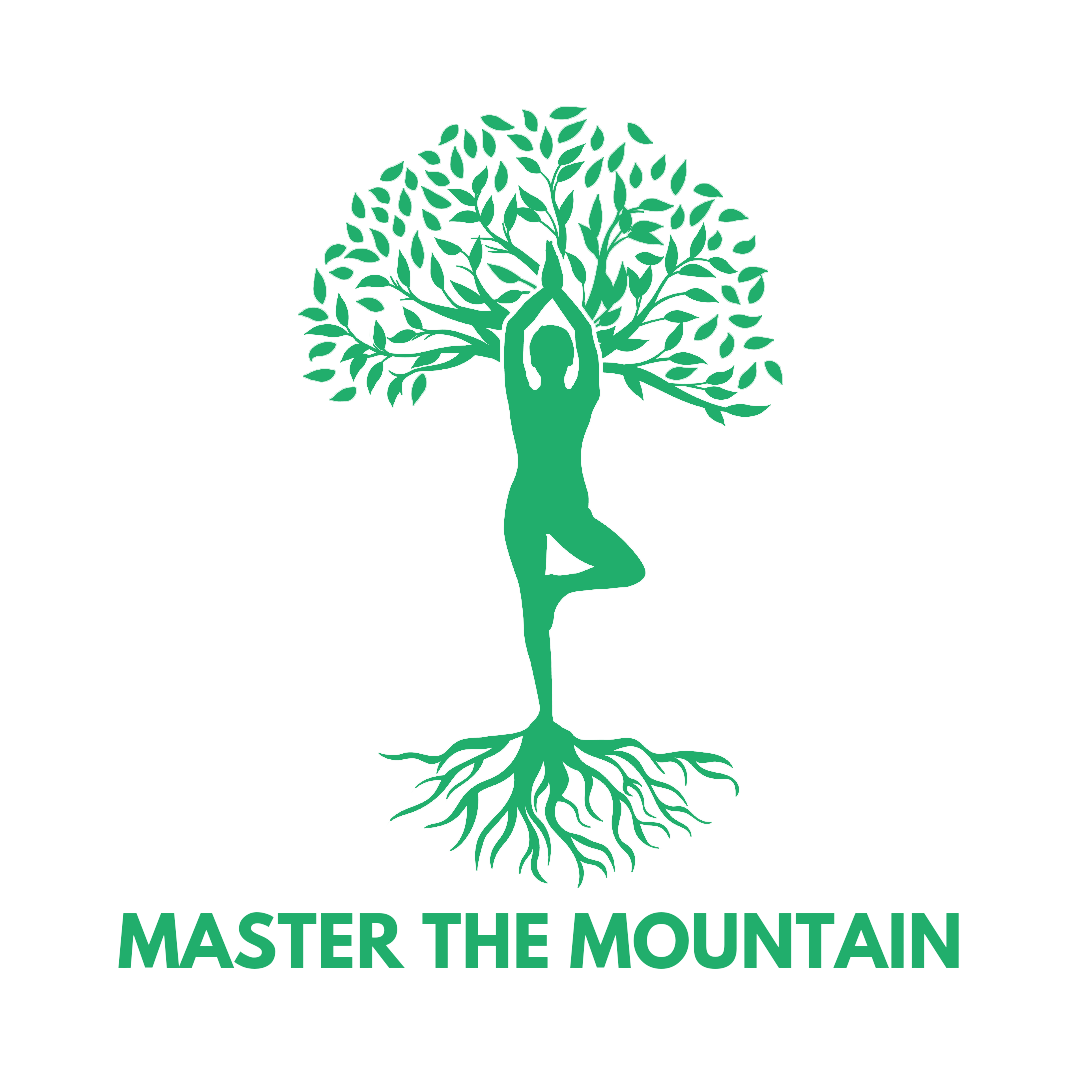A student asked me a question in the classroom that really got me thinking…
Linda Carofano, Director of Master the Mountain with a classroom full of students and their teacher.
After teaching yoga and mindfulness, for about 30 minutes in a classroom, for the first time, a student put their hand up and asked me, “how are you so calm all the time?” I had a bit of a giggle, not thinking much about it and continued, explaining to the class that I am not calm all the time.
Later that evening I started thinking about that question he had asked me again. “How are you so calm all the time?” …why he had asked me that after only knowing me for 30 minutes? It dawned upon me that I am calm most of the time and I create that for myself with the practises and beliefs I have in my daily life.
Simple ways to create calm in your daily life
I believe our vibes speak louder than our words.
To me, this means we have to take responsibility for our own energy and attitude every day and not give that power away to anyone or anything else. Here are 3 ways that help me:
Rhythmic breathing: Every morning, when my alarm goes off, before I get out of bed, I take a few minutes to tune into my breath. Breathing in a rhythmic way, even for a short period of time, where all the inhales are the same length of time and all the exhales are the same length of time has been shown to have positive effects on our heart rate variability, which then has a ripple effect on our thoughts, emotions and actions. Watch the TED talk by Dr Alan Watkins: be brilliant every day. This is so important to me because when I am teaching I want to be able to serve and give all I can without having my own thoughts, negative emotions or circumstances affecting what I am able to share.
Build body awareness: My yoga practice, over the last 15 years, has helped me develop body awareness and mindfulness. Tuning into your body and the signals it sends you means you can better take the time to respond to its needs. Maybe this means you drink and eat what and when your body needs but it also relates to feeling your emotions. As you practise yoga it is not unusual for emotions to be released and felt as sensations in your body. Over time what you learn on your yoga mat begins to help you in your daily life. For me, I am better able to know what emotions feel like in my body and instead of reacting to them too quickly, I try to practise feeling the emotion pass through my body as sensations rather than a story I start to make up to justify the emotion. Brain researcher Jill Bolte Taylor teaches that the chemical reaction in the body that occurs when an emotion is triggered last 90 seconds. If anything continues after that we have added our own story and chosen to hold on to that emotion. Practise activities that connect you to your body like yoga, meditation, tai chi, breathing techniques and any other movement activity you enjoy. Get to know the signals and sensations of your body and over time this awareness will help you during stressful and emotional moments.
You time everyday: I believe taking time for you, doing something that helps you to connect and find joy is a way to create calm everyday. We can bring mindful awareness and attention to any activity. Maybe you enjoy listening to music, dancing, going for a walk, time outside in nature, cooking, cleaning, drawing, playing with your children or pets, reading or having a bath. Use all of your senses to soak up your experience while you’re doing something you love. Enjoy the is-ness of the moment and notice how presence and being in the moment, doing something that you love, even if it is for 5 minutes, can bring you a sense of calm and serenity. If you become distracted by your to-do list, that’s normal, try again and bring your focus and your sensory awareness back to your joyous activity for the time you have allocated. Everything else will still be there when you have enjoyed your well deserved you time.
Students sitting cross-legged on the floor in a classroom with their eyes closed, meditating.
I’d love to hear how you end up using the activities above. Leave a comment below and me know. If you think your family and friends will find it useful feel free to share.
If you haven’t signed up to receive fun email updates and resources from us be sure to subscribe to our newsletter and grab the free activity fun sheet as a gift today.


